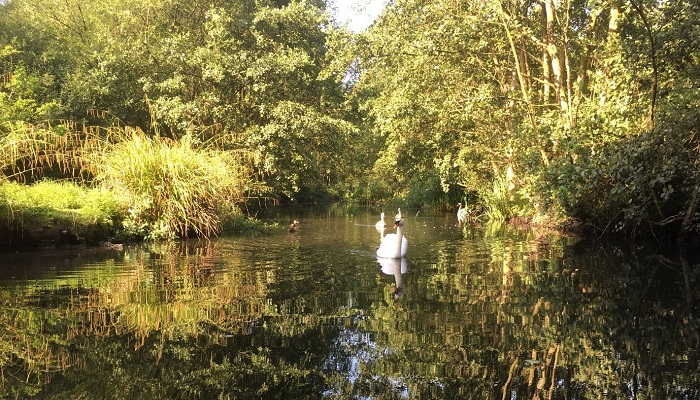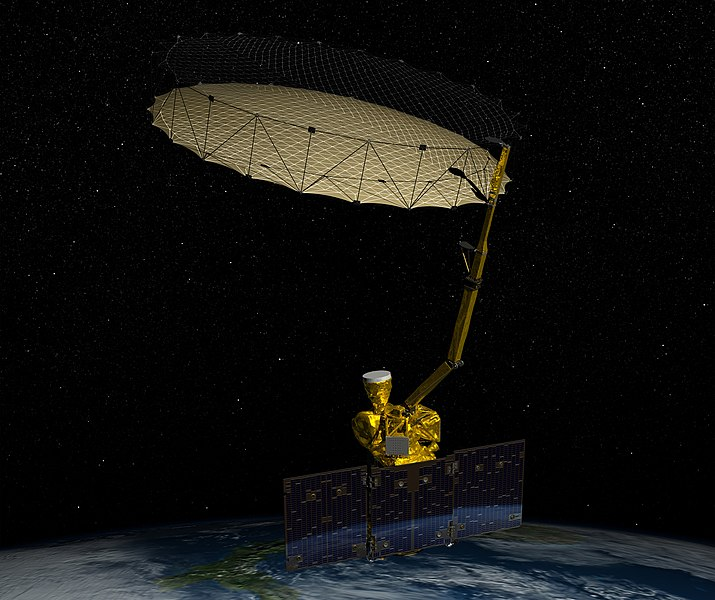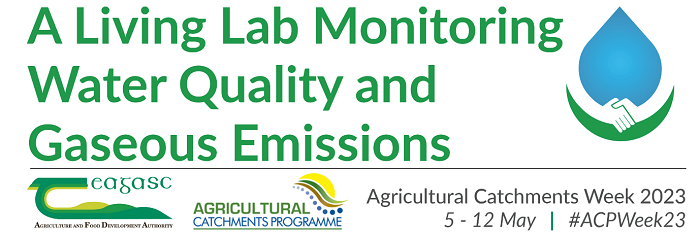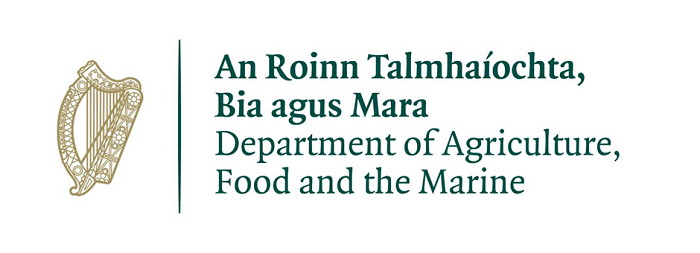11 May 2023
Using satellite data to monitor soil moisture on the Agricultural Catchments Programme

In Ireland, we are more familiar with soil moisture deficit (SMD) rather than volumetric soil moisture content (VSMC), but both are measuring the amount of water in the soil using different concepts.
In this article, Una Cullen, Data Technologist in the Teagasc Agricultural Catchments Programme, Johan Jaques, solution owner Kisters, and Dr. Joost Beckers, Senior Sales Engineer, Vandersat, outline the differences between both and how the Agricultural Catchments Programme is utilising VSMC data.
Volumetric soil moisture content (VSMC) represents the total amount of water present in the soil. Soil moisture deficit (SMD) is the difference between the amount of water currently in the soil and the amount of water the soil can hold at its maximum capacity. VSMC and SMD are therefore related, but the higher the soil moisture deficit the drier the soil and the higher the VSMC the wetter the soil.
The Agricultural Catchments Programme (ACP) website (www.acpmet.ie) now incorporates VSMC data for each of its catchments in both an image and tabular format. Near real-time measurements are displayed on the website via mean, max and min values for the entire catchment, as well as an image representing values spatially.
The data originates from SMAP (Soil Moisture Active Passive), which is a NASA satellite mission launched in January 2015. Its objective is mapping the soil moisture of the Earth’s surface. The satellite mission measures surface soil conditions everywhere on earth every two to three days, also distinguishing between ground that is frozen or thawed. If the ground is not submerged or frozen, SMAP measures how much water is in the top layer of soil.
The SMAP satellite (see Figure 1) carries a 6m disk made of gold-plated wire, which acts as an antenna for microwave radiation emitted by the earth. The SMAP antenna specifically detects radiation at a frequency of 1.4Ghz and a wavelength of 20cm (sometimes also referred to as the ‘L-band’).
Figure 1: Artist rendering of the Soil Moisture Active Passive spacecraft. Source: NASA.

Microwave radiation penetrates clouds and light vegetation and is not visible to the human eye. So SMAP images, unlike images from optical sensors, are independent of weather or daylight length. The microwave radiation is the same radiation that is used in the microwave ovens we have in our homes. Liquid water absorbs this radiation, which is why the food in your oven heats up. Similarly, a wet soil absorbs more radiation than a dry soil and the satellite can determine the amount of water in the soil from the intensity of the radiation detected when flying over at a distance of 500km. The satellite passes over all latitudes twice daily, at 6am and 6pm. The early morning observations are generally of better quality because they contain less noise from human activity and hence are generally the ones used in our applications.
The VSMC data together with real-time hourly and daily met station data – including rainfall, soil temperature and forecast information from Met Éireann – gives the farmers in the ACP catchments valuable data to make more informed decisions particularly in the areas of crop management and fertiliser application.
Check out www.acpmet.ie to view both VSMC and met station data for the ACP catchments at: Ballycanew Co. Wexford; Castledockerell Co. Wexford; Cregduff, Co.Mayo; Dunleer, Co.Louth; Sreenty/Corduff, Co.Monaghan; and Timoleague Co. Cork.
Agricultural Catchments week
This article is part of the Agricultural Catchments Week 2023, which is running from 5th to 12th May. The ACP is running a dedicated week of activities showcasing its research and advisory programme.

The theme for the week is ‘A Living Lab Monitoring Water Quality and Gaseous Emissions.’ There is a mix of in-person events, written articles, podcasts, and finishing with a public open day this Friday, 12th May at the water monitoring outlet in the Timoleague catchment located in Co. Cork. More details of the activities are available here.
Acknowledgement
The ACP is funded by the Department of Agriculture, Food and the Marine, and staff have been working with more than 300 farmers across six catchments in Ireland for over 10 years.

